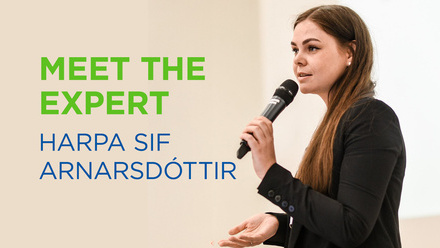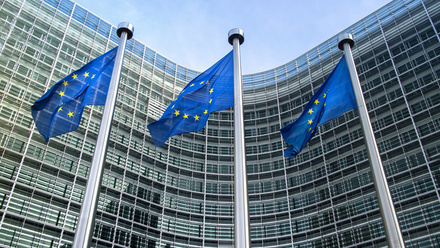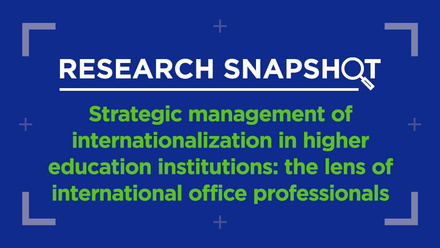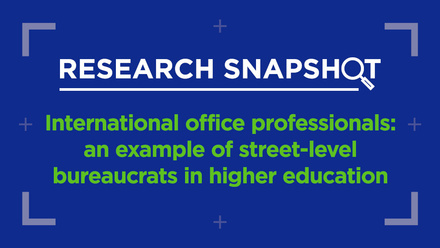4 steps to prepare for the European Student Card rollout
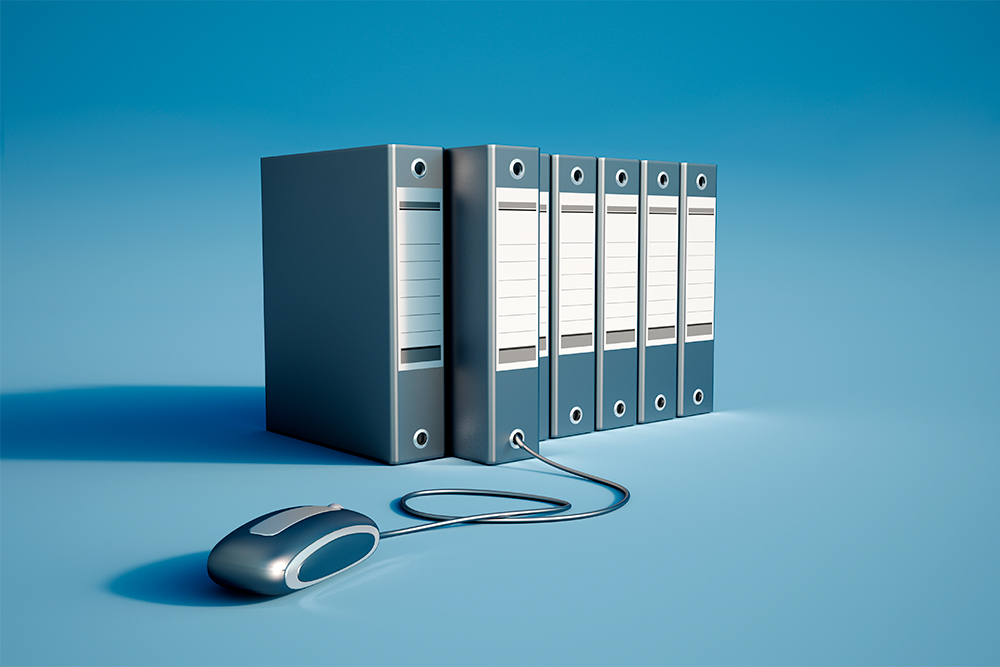
In the last year, those of us working with student mobility were challenged to manage the many challenges presented by the COVID-19 situation – but even as we emerge from the pandemic, novel challenges await. The new Erasmus programme now demands additional adjustments, including the compulsory switch to standardised electronic data exchange for a variety of mobility-related processes. This standardised electronic data exchange is also known as Erasmus without Paper (EWP).
The biggest challenge of implementing EWP lies in harmonising higher education institutions’ (HEIs) internal processes to send and receive student data in the correct format, via the right system, at the right time. But enhancing the digital communication between sending and receiving institutions is not the only innovation we are asked to master: students should benefit from our efforts, with a user experience that befits their digital world.
The European Student Card initiative (ESC-i) promises to enable every student to easily and safely identify and register themselves electronically at HEIs within Europe when moving abroad for studies. As part of its ongoing rollout, in 2021 the use of the EWP network will become obligatory for managing inter-institutional agreements and digital learning agreements, with further digital milestones rapidly approaching in 2022 and 2023.
As the gradual rollout of the European Student Card initiative continues, HEIs don't have to wait passively. There are four specific areas in which institutions can actively prepare for the further digitalisation of student mobility within Europe.
1. Determine goal that requires digitalisation
Digitalisation is not a goal in itself: it facilitates your processes, which lead to achieving your goals. It is the oil that makes the gears turn smoothly. Of course, it is frustrating when going digital forces a change in your administrative processes. Just consider how we used to be able to put as many signatures on the paper Learning Agreements (LAs) as we wanted, as long as there was at least one. Now, only one person can digitally sign the document, which means a policy change is needed for an institution to switch to one signee per DLA (Digital Learning Agreement) via mandates and referred signing. It depends on the authorisation structure of your system who can sign what. On the one hand, this forced change makes the process more transparent; on the other, the system has made the process more rigid – limiting our flexibility. Additionally, depending on the system you use for connecting to the EWP network the solutions can be varied and the solutions for the new process more flexible.
Of course, there are obvious benefits to having your documents accessible on a computer, and e-mail is much quicker than sending documents by post. But digitalisation does not always mean improvement in the short term – it takes time for new routines to settle in. And when digitalisation is implemented in a silo, without considering the context of the whole process, things can get complicated. So, for example, when digitalising one document like the Learning Agreement, we should look at the entire cycle surrounding this document: What is the Learning Agreement for? This holistic view leads to more significant improvements for the academic recognition process instead of simply implementing a digital version of a Learning Agreement.
A new tool like the DLA is not a magic fix. Of course, process-oriented thinking requires a lot from institutions where administration and decision-making rely on expertise and experience. However, as thoughtful professionals working within our unique institutions, we do not want the tools to force us to make certain decisions, but rather to be active decision-makers ourselves.
Overall, the underlying goal that requires digitalisation is not “implement the digital learning agreement because we have to.” This may be the trigger that made you think about it in the first place, but the goal might be something like “improve transparency about the recognition of learning abroad” or “streamline the LA process for the students.”
2. Take stock of your processes
To take stock of a process, we need to engage the (key) users and stakeholders within our institutions. Coordinating the new process is a necessary skill for the international officers responsible for implementing EWP at their institutions. Thankfully, this holistic approach is not new for internationalisation professionals: crossing departmental boundaries is one of our most vital skills.
Where to start? The first process directly affected by the ESC-i is setting up your IIAs. Take inventory of what activities are needed when setting up an agreement from start to finish. Then add the actor to each activity: who is responsible for negotiating with the partner? Who signs the agreements? Put the activities in their 'actor' lanes, and you have your current process. Then look at the minimal requirements for exchanging your contracts via the EWP network. Per contract, one actor should be authorised to 'push the button' which signs the contract and sends it via the network to your partner. Who should have that responsibility in your organisation, and how can you ensure that this person has the proper mandate in your new process? How will this person attain the knowledge needed to evaluate the IIA’s content when signing? Starting this dialogue with the colleagues involved will get you to your future processes and solutions.
3. Talk to the right colleagues in your organisation
Digitalisation goes beyond the skills and knowledge typically found within an international office, so you need to seek out relevant colleagues across your organisation. First, look inside your institution – do you have an information specialist and an information architect? If so, it is high time you meet them for a digital coffee! Talk to them and show them what challenges your institution is facing. To start, you can share your knowledge on the mobility process, and they can help you with a project proposal to find the right technical solutions.
Implementing the ESC-i and EWP is required for the new Erasmus programme, which means you have a regulatory trigger for starting a project within your institution. Your national agency and your ministry of education will support you and your national colleagues in the transition.
4. Learn from each other
Do not despair – you are not alone on this journey! Over 5000 colleagues around Europe are finding solutions and establishing best practices, just like you. You can join them in discussing the transition and evolving practices in the Digital internationalisation in higher education Slack workspace.
Peer support across institutional and country borders gives a broad and international perspective to where the ESC-i and EWP initiatives are right now. In addition, the active discussion in the Slack group gives each of us a better chance to realise our organisation's potential. So instead of talking about implementing one tool or the other, let's talk about the opportunity to renew our mobility processes in their entirety for the new digital age.


